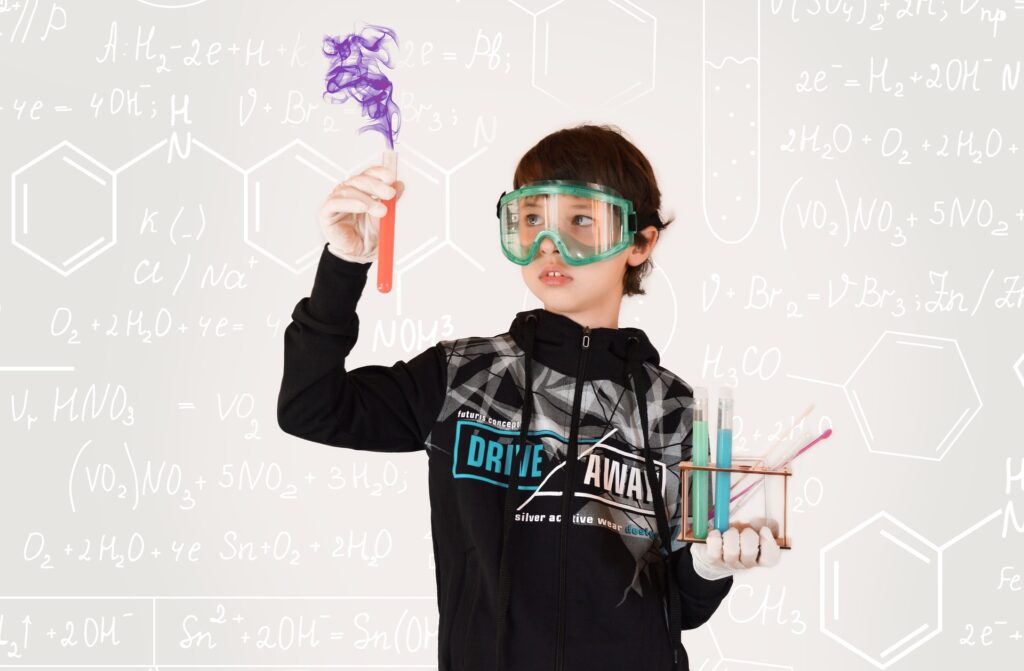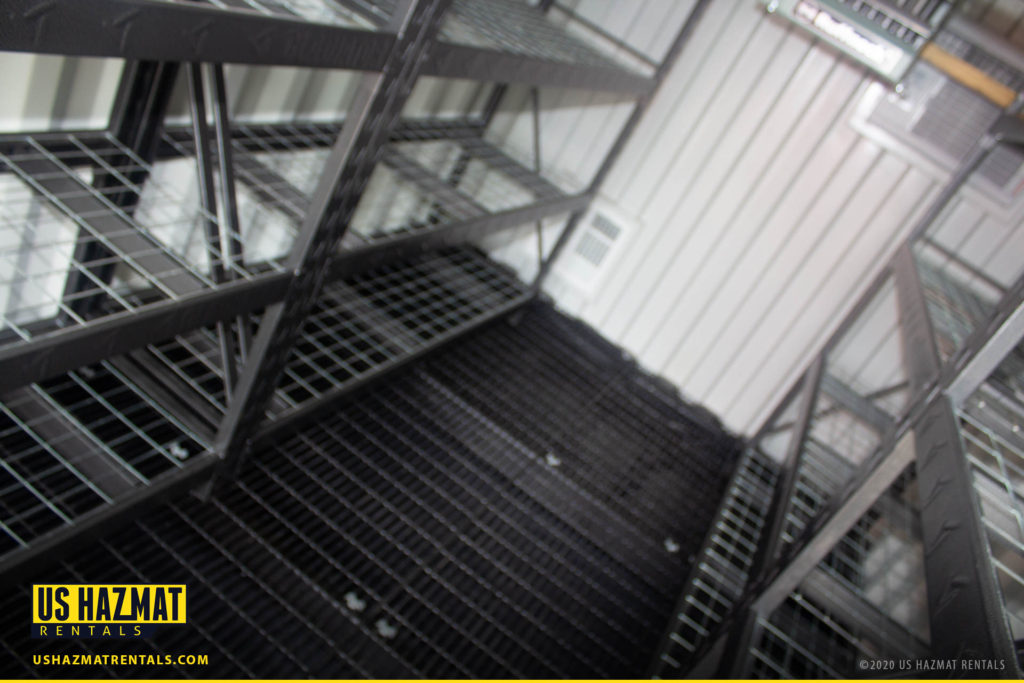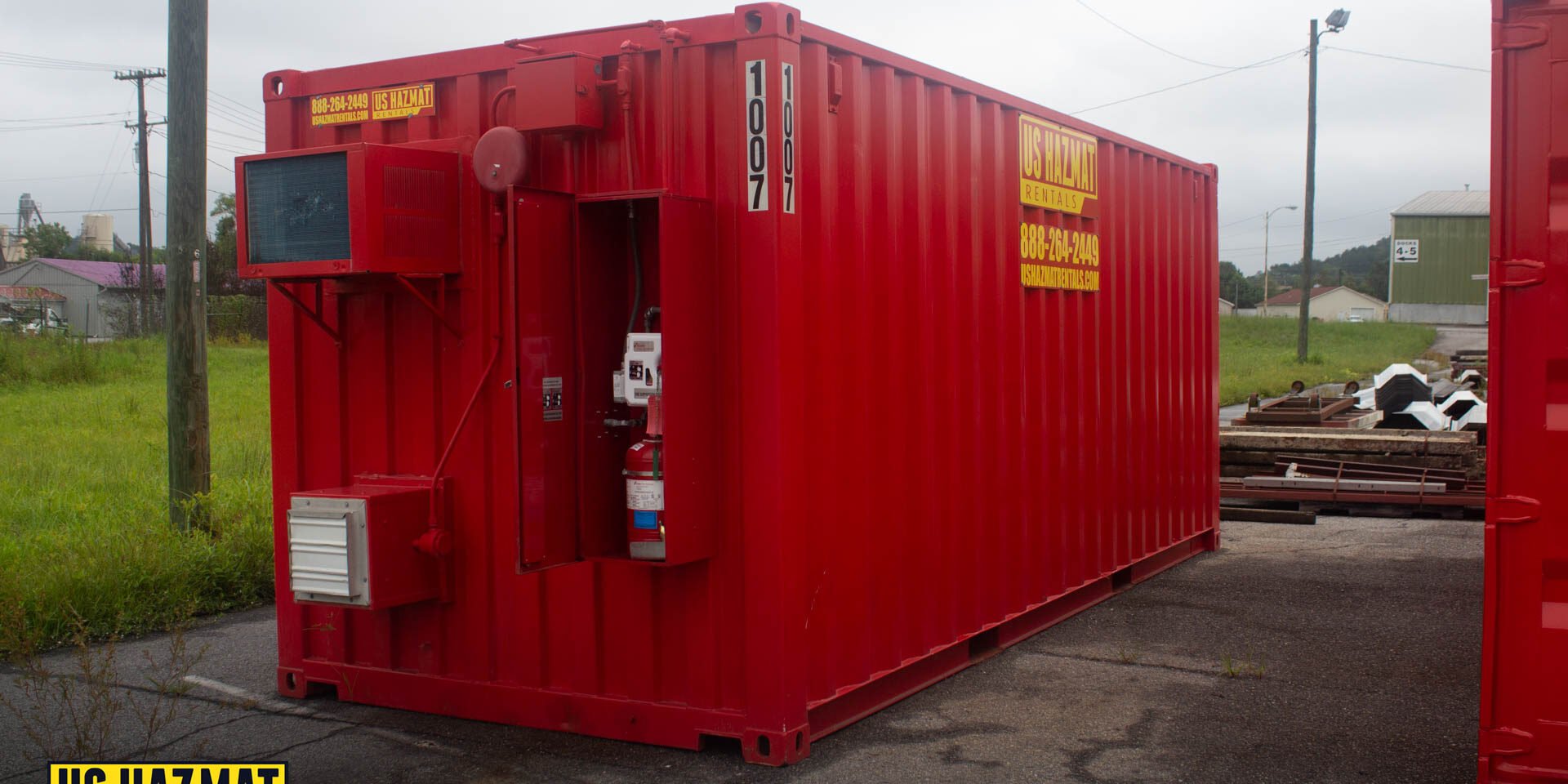High school students and explosive chemicals mix about as well as fire and ethanol. Hyperactive attention spans and over exaggerations in abilities are also a proven equation for disaster. Swirling beakers of pungent chemicals while trying to accurately measure new concoctions is a challenge for even experienced lab technicians, let alone novice chemists. While understanding the complexities of balancing chemical equations to yield exciting formulas is all part of the learning process, it does come with risks. Every year, first responders and paramedics respond to high schools and college campuses nationwide following exposure to dangerous chemicals in the school’s labs. Two Massachusetts students recently saw their best efforts blow up in their face after receiving emergency care for being exposed to hazardous materials in the school’s chemistry lab. With school safety becoming a top priority nationwide, there’s no reason for such unmitigated risks. Teachers and administrators should lead by examples and become real class acts by investing in school chemistry lab storage lockers.
This morning two NBHS students were evaluated by paramedics and transported via ambulance to St. Luke’s Hospital for evaluation of mild symptoms from exposure to chemicals in a science lab. Out of an abundance of caution, twenty-two additional students were transported via school bus with NBEMS paramedics and school personnel on board to St. Luke’s Hospital. NBFD hazardous materials personnel and NBPS staff are providing support information to hospital staff.”
Source: foxnews.com
Compliant Storage Protection That’s Top of Their Class

STEM classes are the foundation of a well-founded comprehensive curriculum. Understanding the chemical makeup of the world and how these interactions affect our everyday lives is translatable to almost every other aspect of life. But these lessons also come with dangerous chemicals that if combined can produce toxic reactions that can contaminate an entire school and expose students to dangerous accelerants. Hydrochloric, Sulphuric and nitric acids along with methanol, benzene and ethanol are just a smattering of the common chemicals that can be found in any high school or college chemistry lab. Now imagine high school students working with these dangerous chemicals not understanding the full potential of associated risks. With cash strapped school systems seeing student-to-teacher ratios now exceeding 30-to-1, even the most vigilant teachers can’t keep track of every student’s handling of these dangerous chemicals. This is where chemistry lab storage lockers balance this skewed chemical equation. Segregated and compartmentalized chemical storage can keep dangerous lab chemicals out of the immediate reach of students, so they can be administered on an ‘as needed’ basis and monitored during application.
School Chemistry Lab Storage Lockers Safely Store Volatile and Expensive Chemicals

Like any other learning materials, chemistry lab chemicals often come at a premium. If not properly managed and stored, these dangerous chemicals could easily fall into the wrong hands where they might be used as precursors for drugs or abused in other ways. Having segregated chemical storage also encourages well-documented inventory practices. Every time an item is removed or returned to the storage locker, this will trigger a mental reminder to teachers who are checking these items in and out. On-site fire-rated chemical protection could also save school systems thousands in insurance premiums and costs.






